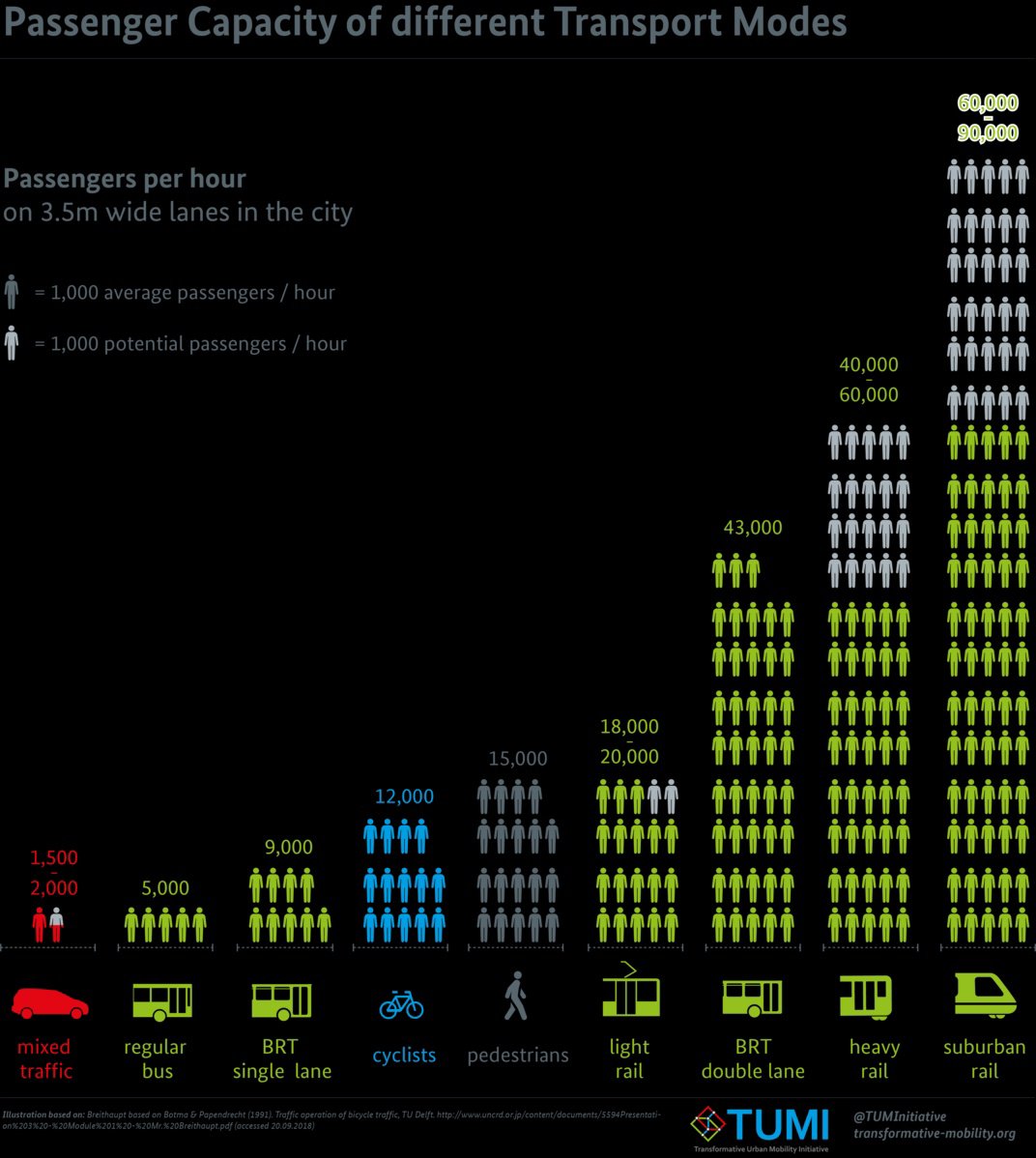Fuck Cars
A place to discuss problems of car centric infrastructure or how it hurts us all. Let's explore the bad world of Cars!
Rules
1. Be Civil
You may not agree on ideas, but please do not be needlessly rude or insulting to other people in this community.
2. No hate speech
Don't discriminate or disparage people on the basis of sex, gender, race, ethnicity, nationality, religion, or sexuality.
3. Don't harass people
Don't follow people you disagree with into multiple threads or into PMs to insult, disparage, or otherwise attack them. And certainly don't doxx any non-public figures.
4. Stay on topic
This community is about cars, their externalities in society, car-dependency, and solutions to these.
5. No reposts
Do not repost content that has already been posted in this community.
Moderator discretion will be used to judge reports with regard to the above rules.
Posting Guidelines
In the absence of a flair system on lemmy yet, let’s try to make it easier to scan through posts by type in here by using tags:
- [meta] for discussions/suggestions about this community itself
- [article] for news articles
- [blog] for any blog-style content
- [video] for video resources
- [academic] for academic studies and sources
- [discussion] for text post questions, rants, and/or discussions
- [meme] for memes
- [image] for any non-meme images
- [misc] for anything that doesn’t fall cleanly into any of the other categories
Recommended communities:
view the rest of the comments

The larger city area will often be hundreds of miles away with not enough population in between to have more than one or two people at most in any given bus even stopping at multiple small towns. Mass transit it great in cities, but it desperately needs population density to be efficient.
How large is large? How are people getting goods at all living hundreds of miles away from a population center? It doesn't have to be a giant metropolitan like LA or NYC.
The same idea @[email protected] is putting into words better.
Gosh, I think you'd have to be in the REAL middle of nowhere to be even 100 miles from a population center. Maybe out west in either of the Dakotas or Wyoming or something, but I imagine even then it's quite rare and represents a fraction of a percentage point of the population. "Never let perfect be the enemy of good"
Usually you consolidate all your errands into one trip every week or two where you buy everything you need at the larger town of a few tens of thousands of people.
My grandmother lived in rural Kansas, and her town had a grocery store and a gas station. Anything else was a 3 hour drive to buy.
That's...not a place I'd want to spend my life at
Ironically, in some ways it's actually a lot better place to live now than it was back then purely because of ecommerce, but the jobs issue is even worse now that it was back then, because all the farm work is now controlled by megacorps instead of individual families.
The final mile is always the killer. And the greater the number of destinations, the more complex and impractical a mass transit system becomes. This is the fly in the ointment that nobody ever seems to want to address directly.
Yes, a car is inefficient in terms of number of ass cheeks moved per square footage taken up. However, every single one of those cars can (and probably is) delivering its occupant to a different destination, and in most cases practically directly to it. A train cannot do this. A bus cannot do this. Trains are excellent at moving a large number of people from a relatively small high concentration geographical area to another single location with a high demand destination nearby. A bus is decent at moving a moderate number of people along a predefined corridor, provided the passengers do not have particularly specific requirements of when they leave or arrive. But the more stops you add for the bus or train, the slower and slower it gets. If you compensate for this by adding more routes, the number of connections a passenger must make to get from one specific destination to another makes the amount of time taken pretty much totally nonviable once you reach 4 or 5.
Single or limited destination mass transit methods can never be a total replacement for individual transportation. However, that individual transportation doesn't necessarily need to be a car. Bicycles, scooters, and motorcycles are more space efficient per number of passengers, especially if only 1 or 2 passengers need to travel at a time (see also: Southeast Asia).
All of these methods need to coexist to create a functional and balanced transit system. There is no silver bullet, and the issue is much more complex than a single smarmy bar graph.